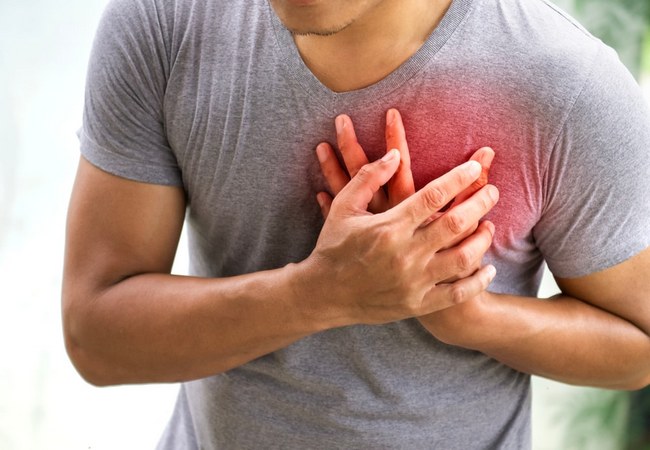Definition of Trauma:
Trauma is any injury that has the potential to cause prolonged disability or death. There are many causes of major trauma, blunt and penetrating, including falls, motor vehicle collisions, and gunshot wounds. Depending on the severity of injury, quick management and transport to an appropriate medical facility (called a trauma center) may be necessary to prevent loss of life or limb.

Sign and Symptoms of Trauma:
Physical symptoms:
- Loss of consciousness for a few seconds to a few minutes,
- No loss of consciousness, but a state of being dazed, confused or disoriented,
- Headache,
- Nausea or vomiting,
- Fatigue or drowsiness,
- Difficulty sleeping,
- Sleeping more than usual,
- Dizziness or loss of balance.
Sensory symptoms:
- Sensory problems, such as blurred vision, ringing in the ears, a bad taste in the mouth or changes in the ability to smell,
- Sensitivity to light or sound.
Cognitive or mental symptoms:
- Memory or concentration problems,
- Mood changes or mood swings,
- Feeling depressed or anxious.
Etiology or Causes of Trauma:
- Acts of violence by others,
- Bicycle or motor vehicle accidents,
- Bite or sting injuries,
- Burns (thermal, chemical or electrical),
- Drowning,
- Falls, impacts,
- Overuse and repetitive motion injuries,
- Poisonings and chemical exposures,
- Sports or athletic injuries.
Definition of Chest Trauma:
A chest trauma or injury is any form of physical injury to the chest including the ribs, heart and lungs. Chest injuries account for 25% of all deaths from traumatic injury. Typically chest injuries are caused by blunt mechanisms such as motor vehicle collisions or penetrating mechanisms such as stabbings.
Classification of Chest Trauma:
Chest trauma or injuries can be classified as blunt or penetrating. Blunt and penetrating injuries have different patho-physiologies and clinical courses.
Specific types of injuries include:
1. Injuries to the chest wall:
- Chest wall contusions or hematomas,
- Rib fractures,
- Flail chest,
- Sternal fractures,
- Fractures of the shoulder girdle.
2. Pulmonary injury (injury to the lung) and injuries involving the pleural space:
- Pulmonary contusion,
- Pulmonary laceration,
- Pneumothorax,
- Hemothorax,
- Hemo-pneumothorax.
3. Injury to the airways:
- Tracheobronchial tear
4. Cardiac injury:
- Pericardial tamponade,
- Myocardial contusion,
- Traumatic arrest.
5. Blood vessel injuries:
Traumatic aortic rupture, thoracic aorta injury, aortic dissection.
6. And injuries to other structures within the torso
- Esophageal injury (Boerhaave syndrome),
- Diaphragm injury.
Clinical Features of Chest Trauma:
Signs and symptoms or clinical features of chest trauma:
- Difficulty breathing,
- Failure of the chest to expand normally,
- Crunching sounds in the ribs, bruising,
- Coughing up blood indicate a chest injury,
- One segment of the chest wall may not move with breathing or move opposite to the rest of the chest wall (flail chest),
- Even without a pain in the chest that gets worse when laughing, coughing, or sneezing,
- Tenderness,
- Bruising,
- Swelling,
- Occur obvious external injury, a significant internal injury can.

Maria Khatun Mona is a Founder and Editor of Nursing Exercise Blog. She is a Nursing and Midwifery Expert. Currently she is working as a “Senior Staff Nurse” at “Dinajpur Medical College Hospital”, Bangladesh. She has great passion in writing different articles on Nursing and Midwifery. Mail her at “maria.mona023@gmail.com”
